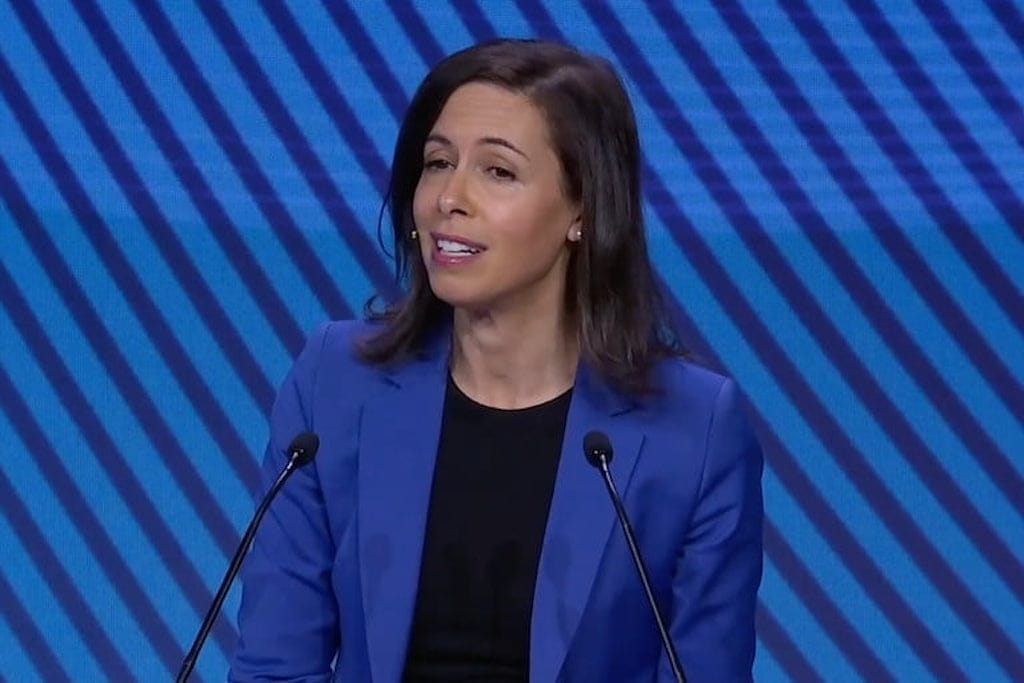‘Significant Resources’ on FCC Map, Association Wants More Data in Map, Minority Grant
FCC chairwoman said challenges to map data only a tiny fraction of locations identified.
Ahmad Hathout

February 13, 2023 – The head of the Federal Communications Commission said in a letter to lawmakers earlier this month that the agency has spent “significant resources” since it released the first version of the dataset underlying its broadband map.
Chairwoman Jessica Rosenworcel said in the February 3 letter that those resources included “manual review above and beyond the baseline methodology used to identify additional [broadband serviceable locations],” after the agency found “few discrete instances” where the data did not meet its expectations, including outdated or unavailable information.
The chairwoman also added more detail into the number of challenges it received to its first version of the dataset, called the “fabric.” She said internet service providers and more than 20 states submitted bulk challenges to that version, with 22 states “or other government entities” submitting 1,114,100 individual challenges to the data before a second version of the fabric was released earlier this year. Those challenges were “predominately” to add missing locations, she said.
But Rosenworcel added that these challenges sought corrections for records “corresponding to less than 1% of the total number of locations identified” in the first version. And the resources invested since have substantially increased locations in states including Alaska and Nevada.
“Of these 1.11 million challenges, more than half were for locations that were either already included in Version 1 of the Fabric or that CostQuest, the vendor selected to develop the Fabric in accord with the Broadband DATA Act, had independently identified through its own efforts for inclusion in Version 2 of the Fabric,” she noted.
The letter was in response to another from 26 senators that noted their constituents, including state and local governments and internet service providers, have complained about the accuracy of the map.
“We encourage you to make sure that providers are accountable for their reports – not just after the fact if they are found to have overreported coverage, but on the front end even prior to the map being finalized,” the lawmaker letter said.
“We therefore ask, for example, that you not allow a provider to claim coverage at locations where challengers can demonstrate they have tried to request service and been told the service is unavailable or cannot be delivered within 10 business days,” the letter added. “Likewise, if a challenger submits robust testing data or publicly available coverage data indicating that a provider’s signals cannot in fact be received at a given location as promised, this should disqualify the provider from claiming to serve that location.”
The agency released its first version of the map in November and subsequently opened up a second round of data collection on January 3.
Industry association wants data on other federal broadband programs in FCC maps
Industry association INCOMPAS wants the FCC to incorporate in its broadband map an “overlay of information” that includes where money from federal and state broadband programs is allocated.
The organization noted in a letter to the commission Friday that the infrastructure law that created the newest federal broadband initiatives requires the regulator to coordinate with other agencies on deployment funding.
“As such, adding information about the areas funded to the map will provide more transparency to the public, allow for improved coordination between the agencies to avoid duplicative efforts, and ensure that the funding is used efficiently and effectively to provide as much connectivity to solve the digital divide in the U.S.,” said the association, which met with agency officials on Wednesday.
The FCC is currently working on making fixes to the data underlying the broadband map, which will be used by the National Telecommunications and Information Administration to allocate money from the $42.5 billion Broadband Equity, Access and Deployment program by June 30.
NTIA announced $3M grant to Puerto Rico university
The NTIA announced Thursday that the Universidad del Sagrado Corazón, a university in Puerto Rico, will receive a roughly $3 million grant from the Connecting Minority Communities Pilot Program.
The money will help the university fund its Accessing Broadband Connectivity program, which is intended to “expand educational instruction and remote learning opportunities, spur economic development, and create opportunities for employment and entrepreneurship by building the high-speed Internet and digital capacity at Sagrado,” an NTIA release said.
“La Universidad del Sagrado Corazón plays a critical role in getting affordable, reliable, high-speed Internet service – and the tools to use it – to its students and the surrounding community,” said NTIA head Alan Davidson. “With this grant, the university will increase Internet service speeds and provide digital skills training to its students so they can fully access the benefits Internet service brings.”
Gilberto Marxuach-Torrós, the university’s president, said in the release that this is a “transformational” grant that will enable the university to make a “quantum leap to the highest industry standards.”
The CMCP program was infused with $268 million from the Consolidated Appropriations Act of 2021 for expanding internet access to eligible historically Black colleges and universities, tribal colleges or universities, and minority-serving institutions.
The NTIA expects to allocate the remaining funds of the program in the first quarter of this year.











Member discussion